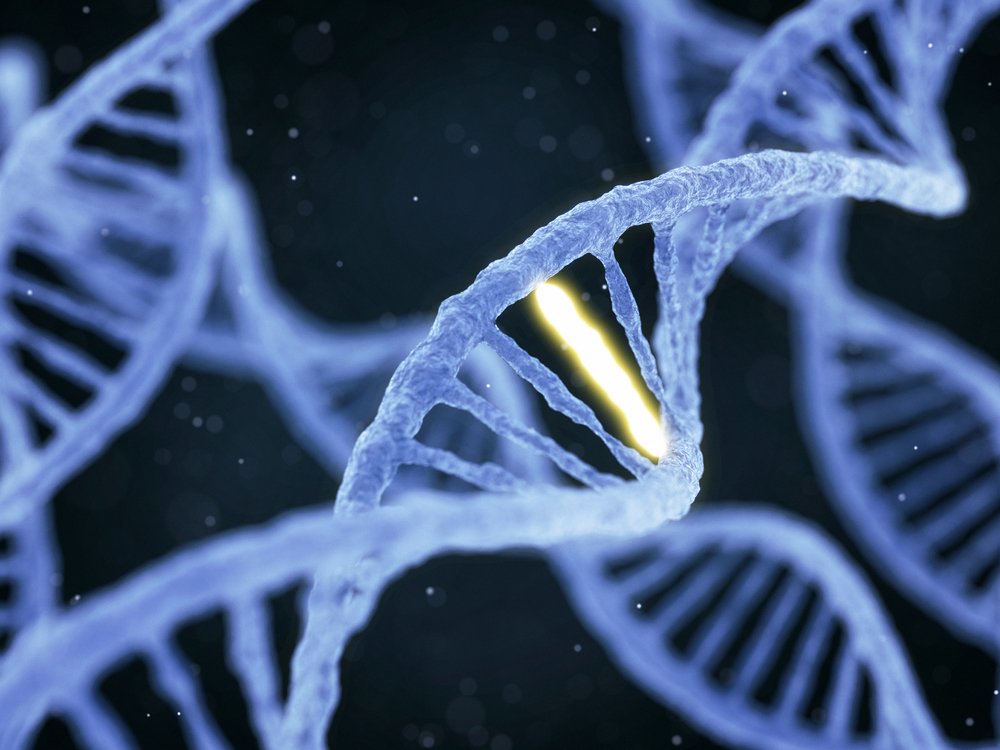Persistent PH in Newborns Linked to 3 Rare Genetic Mutations, Study Finds

Genetic screening of patients with persistent pulmonary hypertension of the newborn (PPHN) found three rare mutations associated with the condition, suggesting it has a genetic basis, a study reports.
The researchers also found that a link between PPHN and genetic variants in hypoxia-related genes in Tibetan people was not due to living at high altitudes.
Titled “Frequent mutation of hypoxia-related genes in persistent pulmonary hypertension of the newborn,” the study was published in the journal Respiratory Research.
Before birth, fetuses receive oxygen through the umbilical cord as blood bypasses the lungs due to the narrowing of blood vessels known as pulmonary arteries. After birth, these arteries relax and widen, allowing blood to flow into the lungs.
In some newborns, however, the blood pressure in pulmonary arteries remains high — a condition known as PPHN that can give rise to a lack of oxygen or hypoxia. In hypoxia, body tissues do not receive enough oxygen to properly function.
Moreover, up to 40% of PPHN patients fail to properly respond to treatment, which suggests there may be a genetic basis for the disease in some infants.
People who live in Tibet, a country 3,658 meters (12,000 ft) above sea level, have been found to have higher arterial oxygen saturation at birth and in the first four months of life, compared with their Han Chinese neighbors living at low altitudes. Genome-wide analysis identified a genetic basis for this adaptation to high-altitude chronic hypoxia in Tibetan people, compared with the Han population. Of note, the genome is an organism’s complete set of DNA, including all of its genes.
These studies suggested that a genetic adaptation to low oxygen levels may limit PPHN in Tibetan infants.
To address this question, a team led by researchers at the Children’s Hospital of Fudan University in Shanghai, China, genetically screened Tibetan newborns with PPHN and compared the results with those of healthy Tibetan people. The goal was to identify potential PPHN-related genetic markers.
Whole exome sequencing (WES) — determining the order of the protein-coding regions of the genome — was conducted on 20 Tibetan PPHN patients, and the results were compared with a published dataset of 50 healthy Tibetan individuals.
The screening found a total of 166 PPHN-related single nucleotide polymorphisms (SNPs). These are single changes — variants or mutations — to the building blocks of the DNA sequence that vary between different people and can be linked to diseases.
Eight biological pathways enriched in genes with PPHN-associated variants were identified. These included the hypoxia-inducible factor (HIF-1) signaling pathway. Three genes associated with the HIF-1 pathway also were found in the other seven pathways. Out of the 166 PPHN-related variants identified, 80 (49%) were found in 43 genes related to hypoxia.
To assess whether the link between hypoxia-related genes and PPHN is independent of high altitude, the researchers then conducted a validation experiment in 80 PPHN patients living in the low-altitude Han Chinese region.
A total of 413 variants significantly associated with PPHN were identified in 127 of the 246 hypoxia-related genes screened. Among those 413 variants, only 5% were specific to either population. They were not considered rare and did not affect the resulting protein.
Thus, the association of hypoxia-related genes with persistent PH in newborns did not depend on living at high altitudes.
However, the validation screening discovered that 18 of the PPHN-associated variants consisted of mutations in 14 genes that changed the amino acid sequence of the resulting proteins. While 15 of these mutations were not considered rare, three mutations rarely occur.
Two of these mutations were found in a protein called tubulin tyrosine ligase-like 3 (TTLL3), which is associated with the formation of the cytoskeleton — the structure that organizes and maintains the shape of a cell. Genes linked to the regulation of the cytoskeleton were found to be enriched among the 166-PPHN-associated variants identified in the Tibetan population.
The third mutation was identified in a protein known as integrin subunit alpha M (ITGAM). Integrins play important roles in cell-to-cell interactions by mediating connections to the cytoskeleton.
Computational analysis predicted that both TTLL3 and ITGAM were associated with persistent PH in newborns.
“We conducted a two-stage genetic study of 100 PPHN patients and identified several hypoxia-associated gene variants that may be associated with PPHN, and the association of hypoxia-associated gene mutations with PPHN does not depend on high altitude life,” the researchers said.
“These novel findings provide important information on the genetic basis of PPHN,” they concluded.







